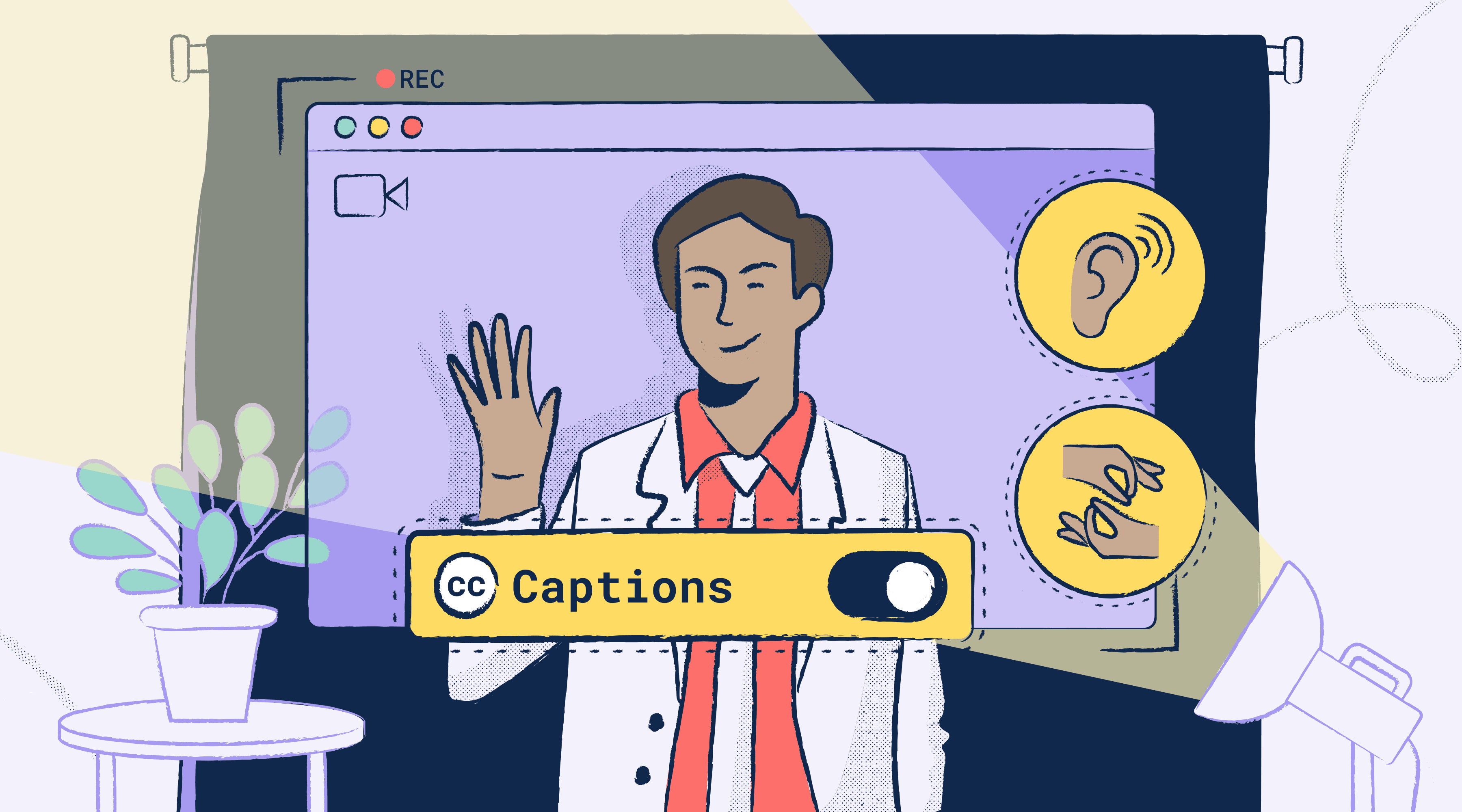PDFs are everywhere—business reports, government forms, educational materials, and even restaurant menus. But while PDFs are convenient for sharing information, they can be a nightmare for accessibility if not properly formatted. For people who use screen readers, magnifiers, or other assistive technologies, a poorly structured PDF can be completely unusable.
Ensuring your PDFs are accessible is not just a best practice—it’s often a legal requirement under WCAG (Web Content Accessibility Guidelines), Section 508, and the ADA (Americans with Disabilities Act). But beyond compliance, making documents accessible benefits everyone, including those with disabilities, mobile users, and people using different devices.
In this post, we’ll break down what makes a PDF accessible, common pitfalls, and best practices to ensure your documents work for all users.
Why PDF Accessibility Matters
PDFs that are not properly structured can create barriers for:
- People who use screen readers – If a PDF lacks proper tags, screen readers may read content in the wrong order or skip important information entirely.
- Users with low vision – PDFs without reflowable text or proper contrast can be difficult to read.
- Keyboard-only users – Some PDFs don’t allow keyboard navigation, making interactive elements like forms and buttons inaccessible.
- People with cognitive disabilities – Poor formatting, complex layouts, or lack of headings can make PDFs confusing.
Accessible PDFs improve usability for everyone, including users on mobile devices, people with temporary impairments (like a broken arm), and those with slow internet connections who rely on text-based content.
Common PDF Accessibility Issues
If you’ve ever opened a PDF and found that selecting text, copying content, or using search functions didn’t work as expected, you’ve experienced the consequences of an inaccessible document. Here are some of the most common PDF accessibility problems:
1. PDFs Created from Scanned Images
Many PDFs are simply scanned images of a document, meaning they contain no actual text—just pixels. Screen readers can’t interpret these files, making them completely inaccessible.
Solution: Use Optical Character Recognition (OCR) tools, such as Adobe Acrobat’s “Recognize Text” feature or Microsoft OneNote, to convert scanned text into selectable, readable content.
2. Missing or Incorrect Tags
PDFs rely on a system of tags to provide structure. Without tags, a screen reader won’t know how to interpret headings, paragraphs, tables, or lists, leading to a frustrating reading experience.
Solution: Use Adobe Acrobat’s Accessibility Checker to detect missing tags and add them.
3. Poorly Structured Headings
Headings help users, especially those using screen readers, navigate a document quickly. Without them, someone has to listen to an entire document line by line.
Solution: Use proper heading levels (H1, H2, H3) in your source document (Word, InDesign, etc.) before converting to PDF.
4. Unlabeled Form Fields
Interactive PDFs often contain forms, but if form fields don’t have labels, screen readers won’t convey what information is required.
Solution: In Adobe Acrobat, use the Prepare Form tool to add labels and tooltips for each form field.
5. Inaccessible Tables
Tables without proper headers and logical reading order can be confusing for screen reader users.
Solution: Use the Table Editor in Adobe Acrobat to set column and row headers correctly.
Best Practices for Creating Accessible PDFs
Now that we’ve covered common pitfalls, let’s go over best practices to ensure your PDFs are fully accessible.
1. Start with an Accessible Source Document
The easiest way to create an accessible PDF is to ensure the original document (in Word, PowerPoint, or another program) follows accessibility best practices.
- Use real text, not images of text.
- Apply styles (headings, lists, tables) instead of manually formatting.
- Add alt text to images.
- Ensure good color contrast.
When you export to PDF, choose “Save as PDF” rather than “Print to PDF” to retain accessibility features.
2. Use Proper Tags in PDFs
Once you have a PDF, check the Tags Panel in Adobe Acrobat:
- Headings (
<H1>,<H2>, etc.) - Paragraphs (
<P>) - Lists (
<L>,<LI>,<Lbl>) - Tables with headers (
<Table>,<TH>,<TD>)
If tags are missing, use Adobe Acrobat’s Autotag Document tool to generate them, then review for accuracy.
3. Add Descriptive Alt Text for Images
Images should have alt text to describe their content for users who cannot see them.
Example Alt Text for a Chart:
“A bar chart showing company revenue growth from 2020 to 2023, with a 30% increase in 2023.”
To add alt text in Adobe Acrobat:
- Open Accessibility Tools → Set Alternate Text.
- Add meaningful descriptions for each image.
4. Ensure Logical Reading Order
Screen readers read PDFs based on the reading order panel, which might not match the visual layout. To check:
- Open Accessibility Tools → Reading Order in Adobe Acrobat.
- Drag elements into the correct order if necessary.
5. Make Links Descriptive
Avoid vague phrases like “Click here.” Instead, use descriptive links:
Good Example:
Download our 2024 Annual Report (PDF)
6. Optimize for Keyboard Navigation
Ensure that:
- Users can navigate forms and interactive elements with the Tab key.
- Radio buttons and checkboxes are labeled correctly.
Use Adobe Acrobat’s Prepare Form tool to fix interactive elements.
7. Test for Accessibility
Before publishing your PDF, test for accessibility:
- Use Adobe Acrobat’s Accessibility Checker
- Open Tools → Accessibility → Full Check
- Test with a Screen Reader
- Try using NVDA (Windows, free) or VoiceOver (Mac, built-in)
If errors appear, Acrobat often provides guided fixes to resolve them.
Final Thoughts
Accessible PDFs are essential for ensuring equal access to information. By following best practices—using real text, proper headings, alt text, and logical reading order—you can create documents that work for all users, including those with disabilities.
Let’s make accessibility a standard, not an afterthought!







